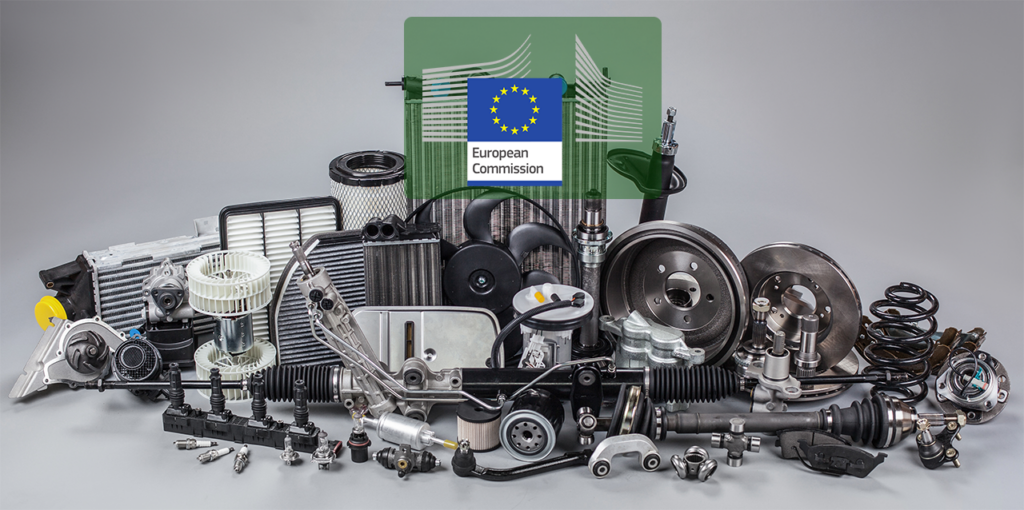On 13 July 2023, the European Commission published its proposal for a new End-of-Life Vehicles Regulation. Among others, the proposal foresees that 6 years after the adoption of the legislation (around 2030 thus), plastics in new type-approved vehicles must include 25% recycled content, as a percentage of the total weight of plastics in the vehicle, leaving OEMs to choose which parts and plastic types they focus on to achieve the target. It also foresees that 25% of this recycled content comes from the automotive supply chain.
We can largely support this ambitious objective which is in great lines comparable to proposals we had made with Plastics Europe and European Plastics Converters (EUPC). Multiple recycling technologies will need to be mobilized to contribute to this objective, including chemical recycling.
There is however an important improvement needed to the European Commission’s text. The proposal currently mentions that only recyclates derived from post-consumer plastics can count towards “recycled content”. This is adequate for mechanical recycling but fails to recognise how chemical recycling and the mass balance approach work. The main benefit of mass balance accounting is that it can deliver certified recycled content coming from a great variety of wastes not suited for mechanical recycling and that the types of waste handled can vary over time. This is already the case for some raw materials for polyurethanes, where recycled content comes from multiple wastes, including non-plastic waste from the automotive supply chain. Limiting the origin of “recycled content” to just one waste stream is too limitative as it will discourage research and investments in recycling of non-plastic fractions such as tyres, waste oils or mixed shredder residue – leaving them to energy recovery rather than making them a source of high quality recyclates allowing to make parts complying with stringent automotive specifications. If in the future many supply chains would start operating under similar rules, it could also create issues of temporary security of supply if for any reason one waste stream is disrupted.
This can all be solved by allowing that “recycled content” for plastics comes from a variety of wastes and not just from plastics. After all, we should first and foremost be interested in increasing qualitative recycling of all wastes / avoiding incineration and landfilling.



